Once a heavily restricted activity, Cuba has at last started to cotton on to the fact that opening up its countryside to willing walkers has numerous benefits. Happily, it’s now easier than at any other time in the past 55 years to enjoy this country’s remarkable rambling routes.
A guide is still obligatory on many of the best treks, and many national parks, while laced with walking possibilities, lack the trail infrastructure that would do them justice. But there is a sense that hiking is gaining momentum in Cuba. Here, we look at the best places to strap on the walking boots.
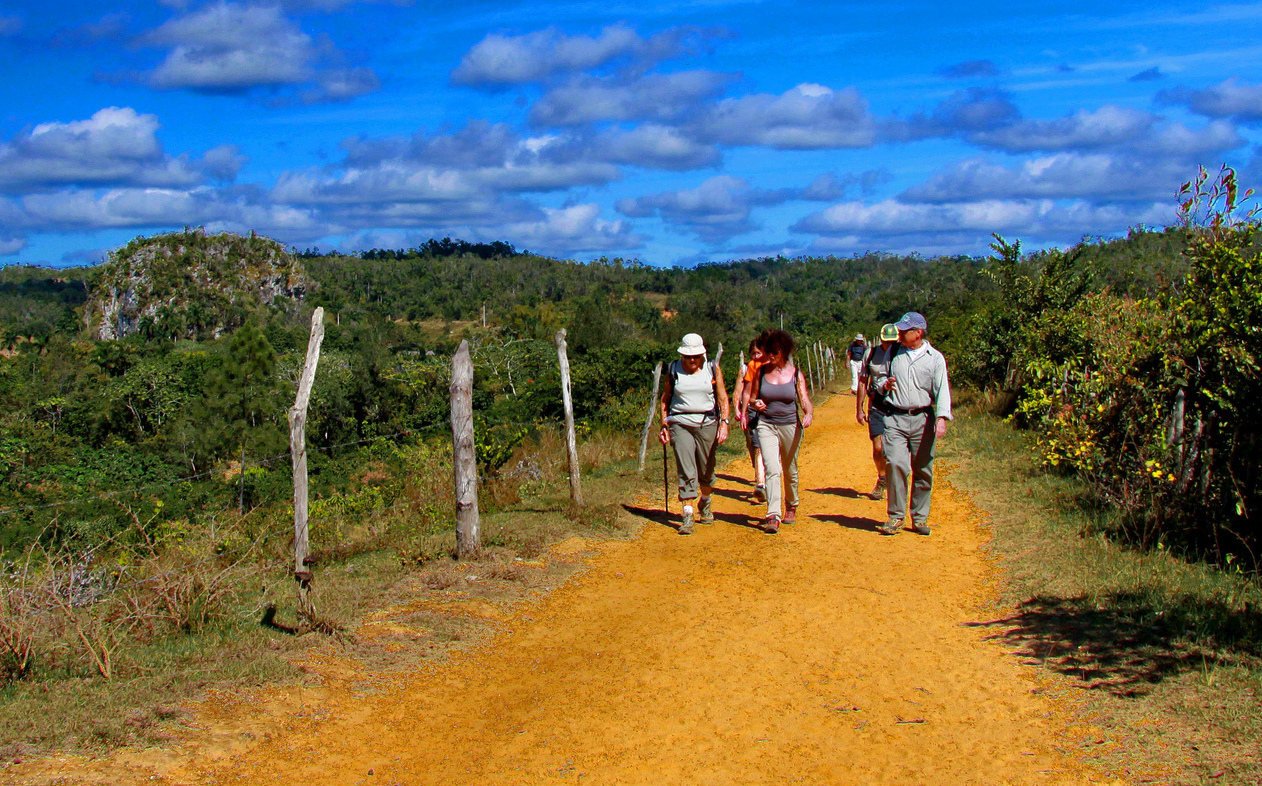
Perhaps – from your chosen city or resort – you’re looking for a gentle introduction to the Cuban outdoors? Cuba can oblige, as it is a specialist in short-but-sweet walks.
It’s little known, but Varadero itself has a few sedate self-guided mini-trails, all less than 1km in length and issuing forth from the Reserva Ecológia Varahicacos near the peninsula’s tip. From here, strike out to the Cueva de Musalmanes (a cave containing 2500-year-old human remains) and to El Patriarca, a giant, gnarled old cactus said to be Cuba’s oldest. You’ll pay a CUC$3 fee to access the paths.
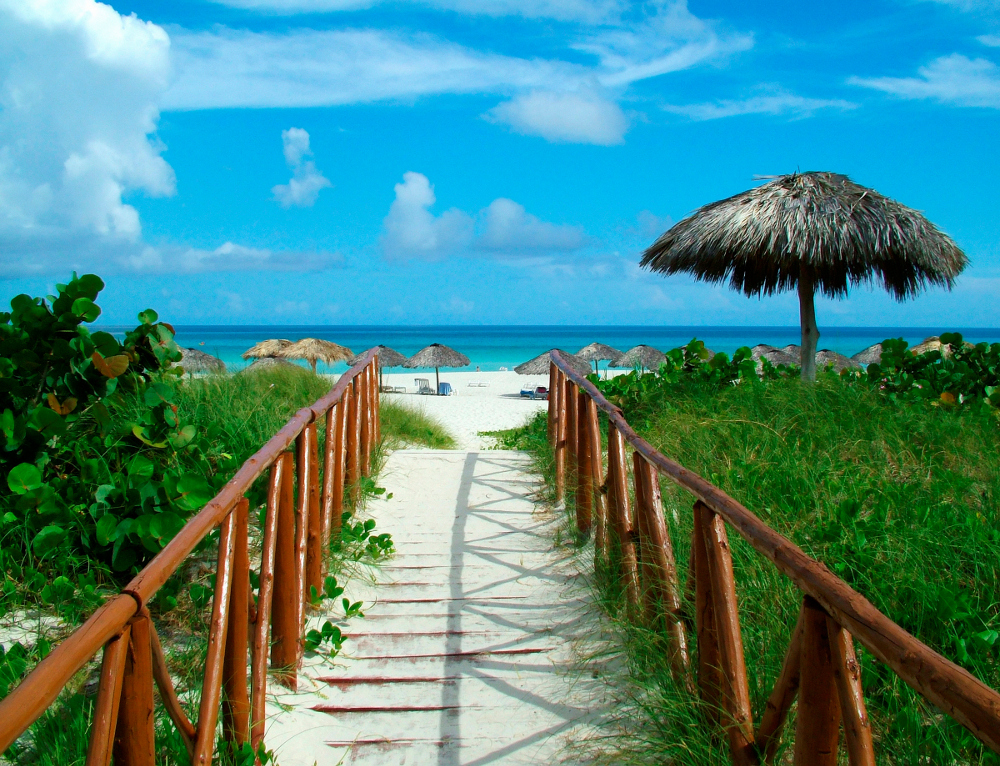
Another great destination for getting into your stride with Cuban senderos (paths) is Viñales. You can go guide-less (and for free) on the easy 2km hike up the town’s Adela Azcuy street to Finca Raúl Reyes (a working tobacco plantation) and then beyond to the Cueva de la Vaca, a cave from where vistas of the delightful mogote-flanked Valle de Viñales open up.
Once you’ve cut your teeth on this, there are many other beautiful routes in the nearby valleys to try, including the memorable 3km hike up to the village of Los Aquáticos to watch sunrise over this photogenic region. The official line is that for any hikes other than the Finca Raúl Reyes/Cueva de la Vaca route, you need a guide (costs are CUC$5 to CUC$10 per person).
For serious trekking, focus your energies on tackling Cuba’s lofty but ever-verdant mountains. You’ll need to be in peak condition to conquer Pico Turquino (1972m) in Gran Parque Nacional Sierra Maestra, Granma Province. This is Cuba’s highest summit, with a relentlessly steep path up in sticky conditions, rendering it a climb for the fit only.
The hike is normally done as an up-and-down in two days or – more thrillingly – an up-and-over, with a descent down to the lonely Caribbean coast at Las Cuevas. It’s 13km from the end of the mountain road at Alto del Naranjo up to Pico Turquino, or 22km for the full route from Alto del Naranjo to the coast. Two days of hiking will cost CUC$68 per person. You’ll sleep in basic mountain shelters en route (included in the price) but will need to arrange your own transport back from Alto del Naranjo or Las Cuevas.
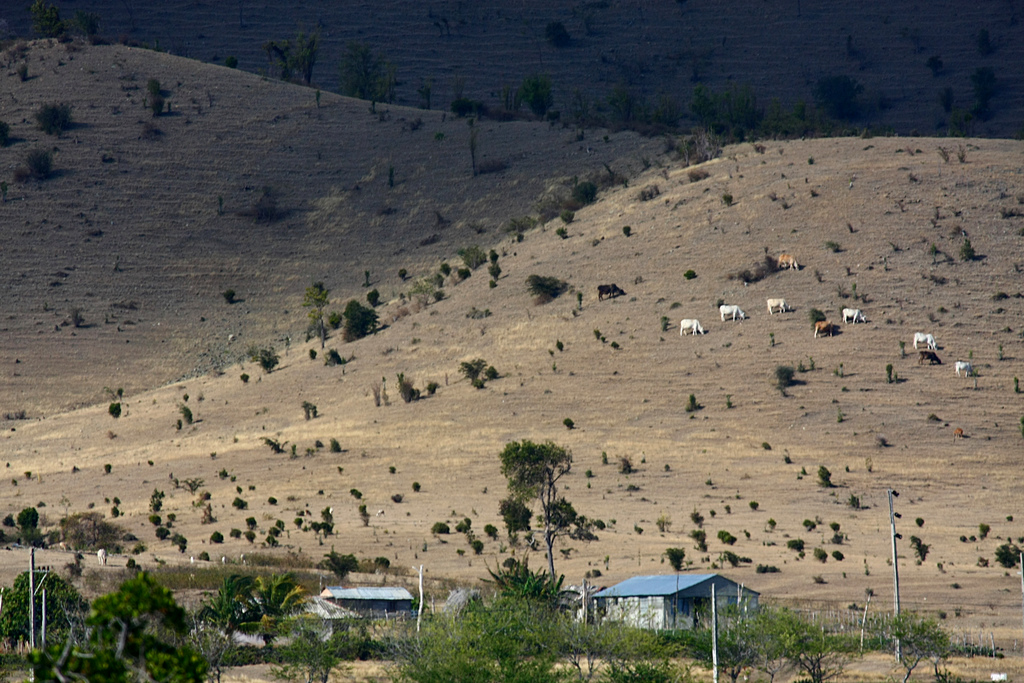
Revolutionaries often favour mountains too, so it’s no surprise that the Castro brothers and their anti-Batista band concealed themselves in the Sierra Maestra in the very toughest terrain Cuba had. Their hideout in Granma Province’s Gran Parque Nacional Sierra Maestra was never discovered. When you embark on the short but demanding 4km hike up (which also begins at Alto del Naranjo) you’ll discover why, but the reward at the top of the twisting cloud forest path is the rebel’s camp, Comandancia de la Plata, left much as it was during the months they were in hiding between 1958 and 1959, when the Revolution was won.
Another trail leading to Comandancia de la Plata - and far less traipsed – runs 100km from Parque Nacional Desembarco del Granma on the coast in the southwest corner of Granma Province. The national park is a shrine to the 82 rebels, Fidel and Raúl Castro included, who stepped ashore out of a floundering vessel here in December 1956 on their unlikely way to ousting the country’s then-dictator, Batista. The trail, following the rebels’ intrepid but fatigued steps, is a cross-section of the most stunning of island landscapes, factoring in the famous Alegria del Pio, the spot where Castro and his just-landed men clashed with Batista’s troops and were forced to split up.
Due to the trail’s remoteness, poor signage and a scarcity of guides in this region, it’s best to arrange this hike in advance with a travel agency in Bayamo, the nearest sizeable city.
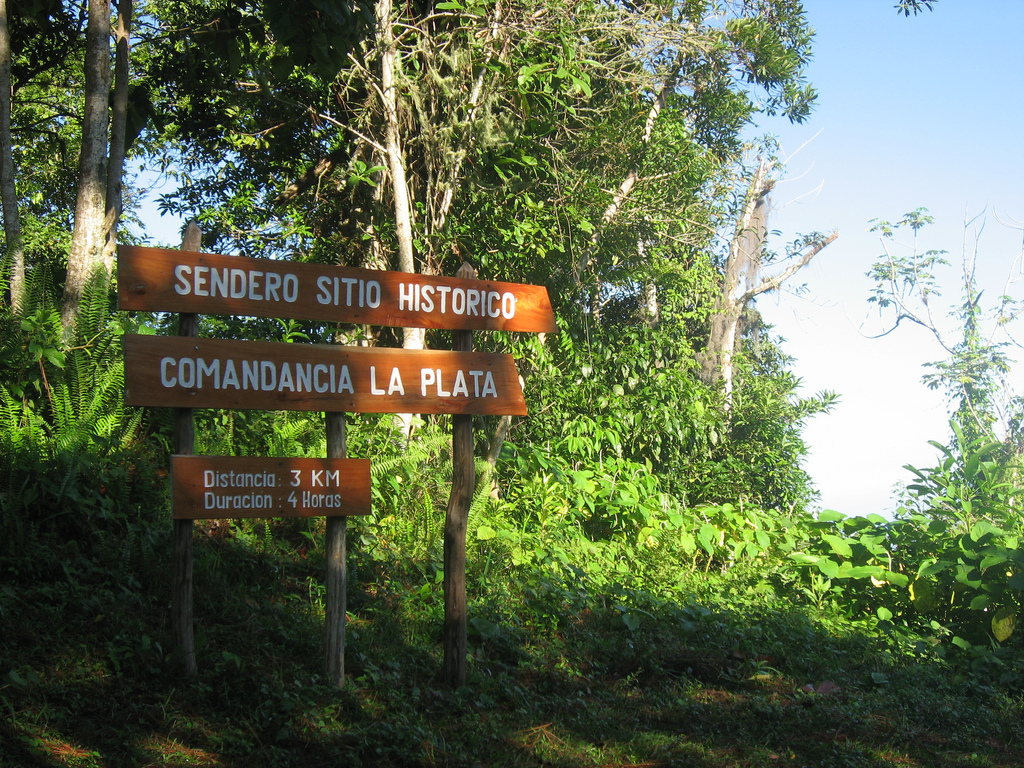
Nowhere in the entire Caribbean can compete with the Parque Nacional Alejandro Humboldt, in Guantánamo Province, for biodiversity. This mythical swathe of seldom-trammelled forest has unusually high rates of endemism, particularly for plant species. About 40km northwest of the balmy town of Baracoa, the park has an office on the rough road to Moa, from where you can embark on guided forest hikes of between 2km and 7km. Highlights might include sighting (if you peel your eyes) the world’s smallest frog species and any of the 1,000-odd plant species represented here.
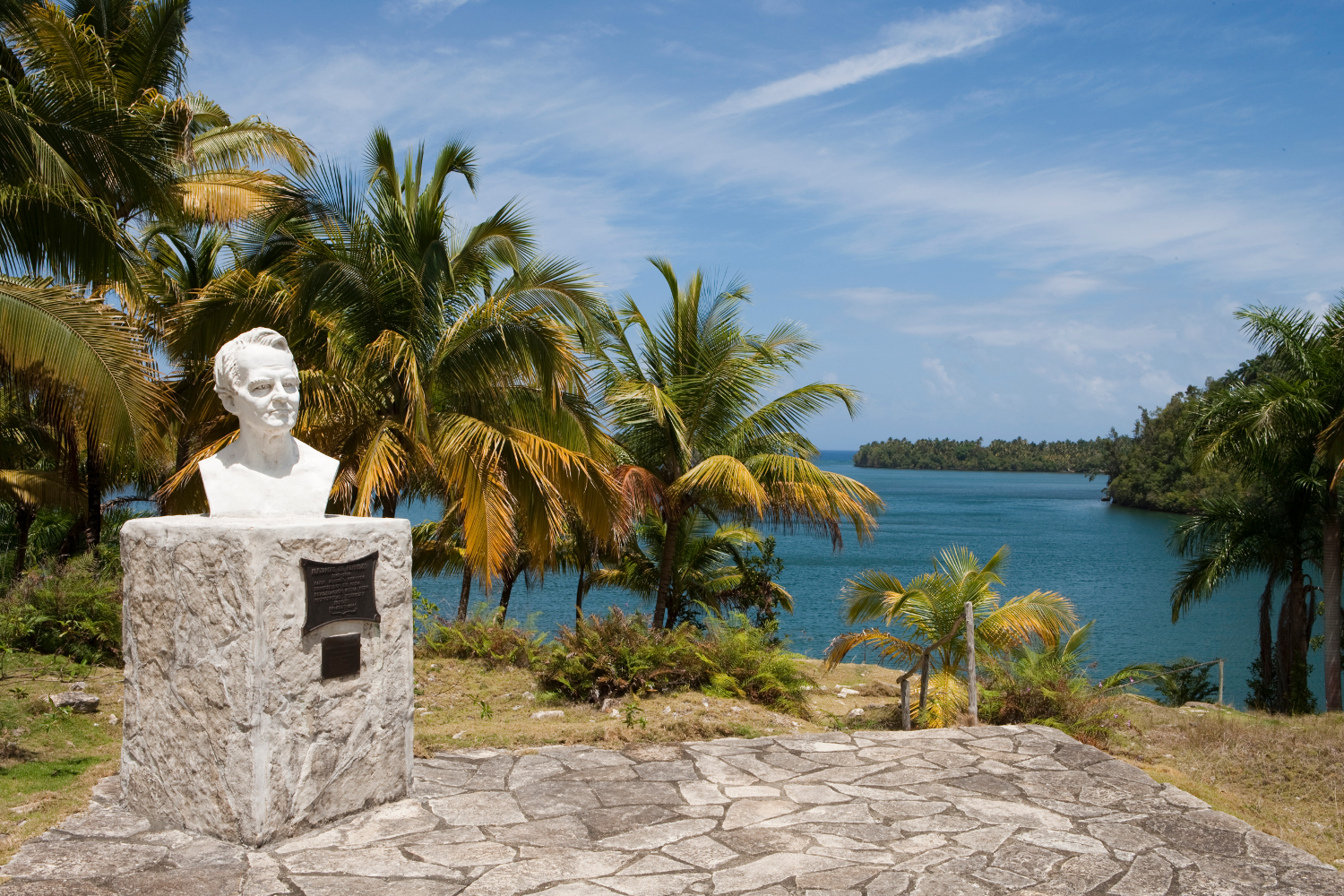
Due to the easing of restrictions, it is as if a veil has been lifted off a network of trails in Cuba. To the curious hiker, they are as good as new, running through uncharted territory, and opening on an annual basis. In the north of Camagüey Province near Cubitas on the Morón-Nuevitas road, the Reserva Ecológica Limones Tuabaquey is a sign of how hiking could develop here. A CUC$6 entrance fee now wins access (with a guide only) to trails that range mostly from 1km to 3km, with one culminating in some of the island’s most mesmerising indigenous cave paintings.